Reel Breakdown #68: DIRTY HARRY (1971)
When Justice Becomes Personal: The Antihero’s Rise in American Cinema
Dirty Harry, a film that demands attention, was unleashed onto the cinematic and cultural scene in 1971. Its impact, akin to the unyielding precision of its titular detective's .44 Magnum, cut through the fabric of American society, which was grappling with the aftermath of Vietnam, civil unrest, and a crisis of faith in institutions. Don Siegel's morally ambiguous police thriller dared to ask a provocative question: What if the law was no longer sufficient?
Drawn to the film by its divisive legacy and mythic central figure — Clint Eastwood's steely portrayal of Inspector Harry Callahan — I returned to it not as a vigilante justice fan but as a student of genre and cultural transgression.
Is Dirty Harry a gritty urban western, a fascist fever dream, or both?
Let's break it down.
The Director
Don Siegel
Notable Works: Invasion of the Body Snatchers (1956), The Killers (1964), Escape from Alcatraz (1979)
Siegel, a craftsman of terse, efficient genre filmmaking, brought a no-frills approach to Dirty Harry, embedding a sense of procedural realism within a stylized moral framework. Known for his economy and instinct for tension, Siegel's direction in Dirty Harry strips away sentimentality in favor of pure momentum.
While he didn't take visual risks in the conventional sense, his thematic choices were provocative: a hero who flouts civil liberties to stop a serial killer. This film was a career milestone, cementing Siegel's place as a director of lean, muscular narratives and sparking a long creative partnership with Eastwood.
Influences: Jean-Pierre Melville's existential crime dramas; John Ford's frontier moralism; and the emerging wave of New Hollywood cynicism.
Cinematography & Camera Work
Director of Photography: Bruce Surtees
Shot on: 35mm film. 5254/7254 100T
Camera: Panavision R-200
Lenses: Panavision C series
Aspect Ratio: 2.39 Anamorphic
Color Palette: Gritty, desaturated tones of concrete, steel, and smog-infused sunlight. Golden hour exteriors clash with harsh, neon-lit night scenes.
Surtees, dubbed "the Prince of Darkness" for his mastery of shadow and low light, paints San Francisco not as a city by the bay, but a concrete jungle stalked by violence. The handheld urgency and scope compositions echo the urban alienation of The French Connection.
Visual Symbolism
Framing often isolates Callahan — on rooftops, in crowds — mirroring his moral isolation.
Shadows dominate interiors, evoking noir aesthetics and hiding the ethical gray areas the characters occupy.
Iconic Scene
The film's opening sniper attack from the rooftop is a masterclass in visual storytelling: wide aerials, sniper POV, and methodical pacing combine for clinical suspense.
The Cast & Acting Performances
Main Cast
Clint Eastwood as Harry Callahan
Andy Robinson as the Scorpio Killer
Harry Guardino as Lt. Bressler
Reni Santoni as Inspector Gonzalez
Standout Performance
Andy Robinson, virtually unknown then, delivers a chilling, unhinged performance as Scorpio. His almost childlike sadism creates one of cinema's most disturbing killers.
Eastwood, whose stoic screen presence had already been mythologized by the Dollars Trilogy, weaponizes minimalism. His performance is all subtext—controlled, cold, and compelling.
Chemistry & Contrast
Eastwood and Robinson present opposing energies: silent lawman versus manic anarchist. Their dynamic echoes westerns, where order confronts chaos.
Screenplay, Structure, & Themes
Screenwriters: Harry Julian Fink, R.M. Fink, and Dean Riesner
Original Story?
Yes, but partially inspired by the real-life Zodiac killings.
Structure
Classical three-act structure — case introduction, escalation, and final pursuit — built like a procedural thriller but with operatic stakes.
Dialogue
Spare, blunt, occasionally iconic ("Do I feel lucky?"). Lacks flourish but brims with tension and bravado.
Character Arcs
Callahan evolves minimally, reinforcing the idea of him as an immovable force rather than a malleable man.
The city changes around him — systems fail, officials cave, victims remain nameless.
Major Themes
Justice vs. legality
Institutional failure
Masculine alienation
Moral relativism in law enforcement
Influences: Noir, westerns, and counterculture backlash cinema.
Editing & Post-Production Choices
Editor: Carl Pingitore
Pacing
Tight, deliberate, relentless. The editing enhances the procedural tone and underlines Callahan's methodical pursuit.
Notable Sequences
The ransom drop chase sequence cuts rhythmically between public spectacle and private terror.
Scorpio's final moments are edited with near-mythic tension — cross-cutting between gun, eyes, and silence.
Style
Invisible editing in the classical tradition — emphasizing clarity and suspense over stylistic flourish.
Score & Sound Design
Composer: Lalo Schifrin
Original Score
Yes — blending jazz, funk, and atonal textures.
The music is a paradox: extraordinary, unsettling, and stylishly '70s. Schifrin's score provides a discordant undercurrent to the rigid visuals. It's as much about psychological atmosphere as musicality.
Standout Moment
The eerie choral shrieks during Scorpio's rooftop murders create an operatic dread, contrasting with the film's matter-of-fact brutality.
Sound Design
Gunshots are deafening and final. Ambient sound of cityscapes — sirens, footfalls, subway echoes — grounds the film in a living, breathing urban reality.
Cultural & Historical Context
1971
Post-Manson paranoia, Nixonian politics, urban crime panic, and public trust erosion defined the era. Dirty Harry emerged amid growing disillusionment with bureaucracy and liberal reforms.
Hollywood shifted toward antiheroes and moral ambiguity (The French Connection, A Clockwork Orange). Dirty Harry rode — and amplified—this wave.
Branded "fascist" by critics like Pauline Kael, the film sparked debate over police violence and vigilantism. It was both a response to and a provocation of public anxieties.
Legacy & Influence
Dirty Harry didn't just launch a franchise — it gave birth to a cinematic archetype. The "loose cannon cop" trope owes everything to Harry Callahan.
Influenced
Lethal Weapon, Death Wish, Se7en, Training Day
Countless parodies and pastiches, from The Simpsons to Gran Torino
In Retrospect
While its politics may be contentious, Dirty Harry's cinematic craftsmanship and character work ensure its relevance. The debates it ignited about justice, authority, and heroism continue to echo through the years, making it an essential film, not for what it resolves, but for the discussions it stimulates.
Final Take
Dirty Harry is a cinematic grenade — powerful, polarizing, impossible to ignore.
What works
Eastwood's mythic performance
Stark cinematography
Ruthless pacing
Bold engagement with controversial themes
What doesn't
A lack of nuance in its political stance
Its depiction of justice as blunt force may ring hollow to modern audiences
This is a film that demands confrontation. Whether you're a fan of action, a student of political cinema, or a curious cultural critic, Dirty Harry remains essential, not for what it solves, but for what it provokes.
Cool & Unusual Facts
Frank Sinatra was initially cast as Harry but backed out due to a hand injury.
Scorpio's character was inspired by the real-life Zodiac Killer, who terrorized San Francisco.
Eastwood ad-libbed the iconic .44 Magnum line and has been quoted (and misquoted) endlessly since.
Budget: ~$4 million | Box Office: Over $35 million
Eastwood directed the final shot after Siegel fell ill — a precursor to his directorial ambitions.





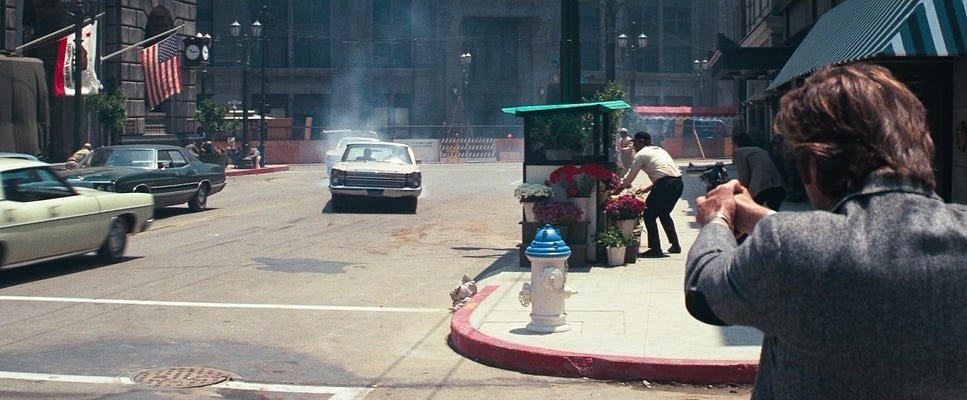

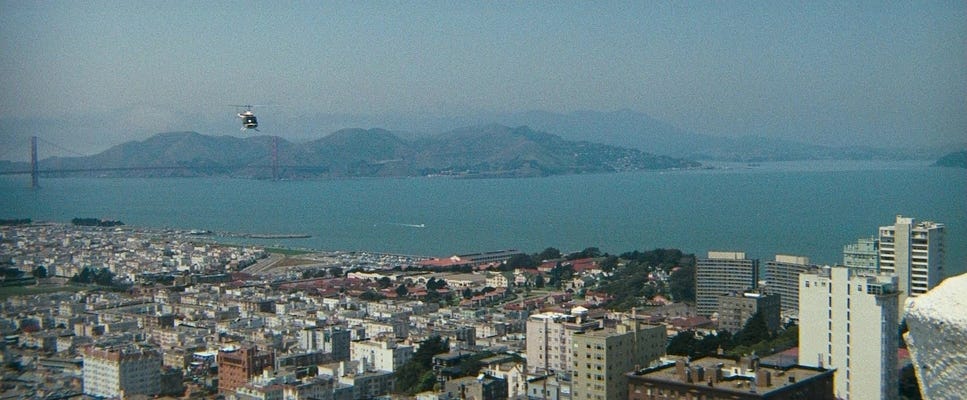
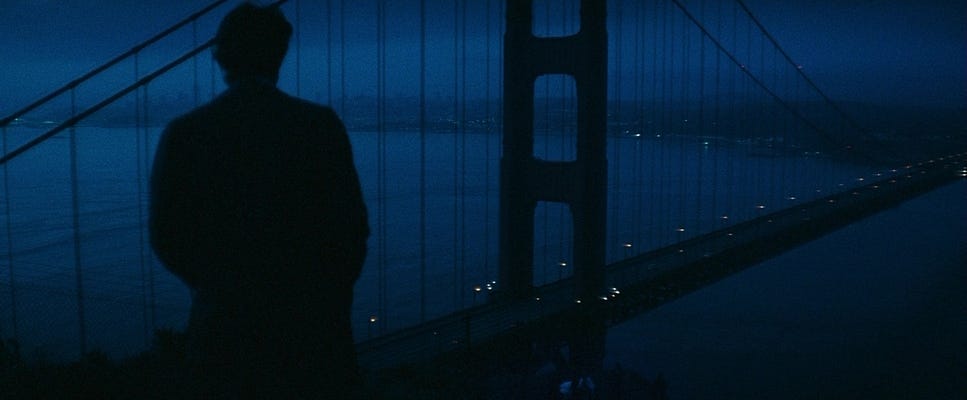
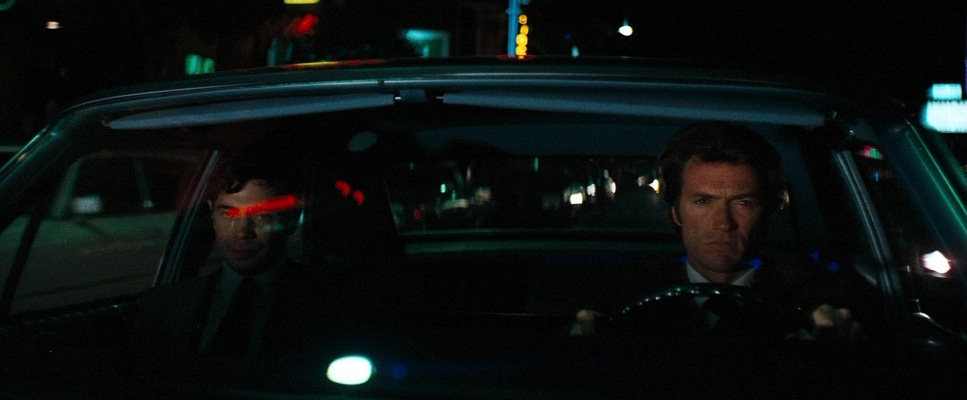


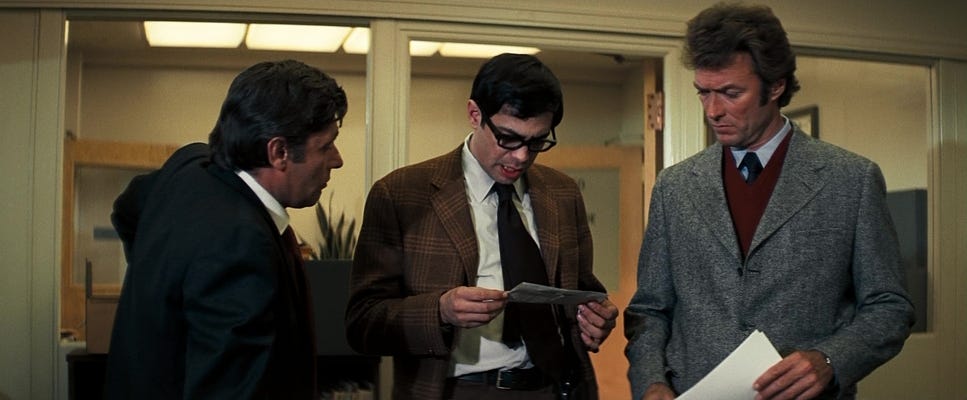
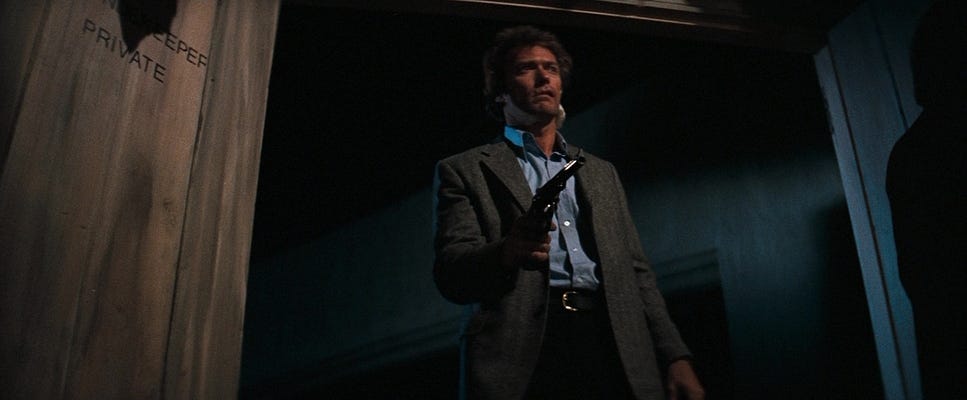
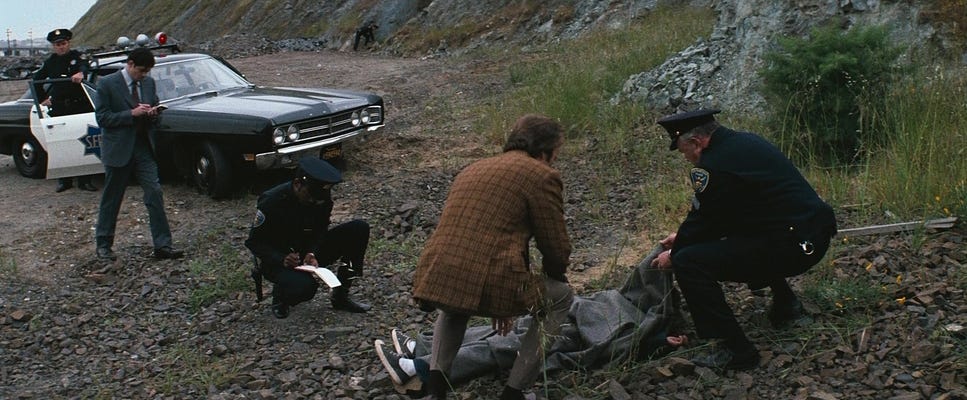
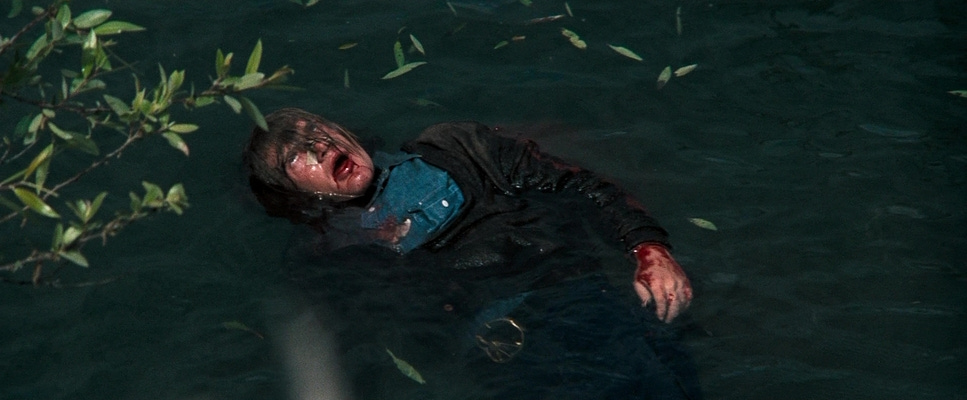
Another excellent review. This was quintessential 70s grit and one of Don Siegel’s best (one of the best directors of his time). Eastwood is so fascinating, and the impact of this movie created entire genres of vigilante films, both here and in Europe. The Italian Poliziotteschi movement in the 70s was a direct response (and fun plagiarism) of Dirty Harry.
"I know what you're thinking, punk. Did he fire six shots? Or only five?" Hehe. One of the best films ever made. I probably watch it once a month. Incredible. The hero is cool and badass and the villain is sinister and insane and the setting is corrupt as hell. The perfect keg of crime action dynamite.